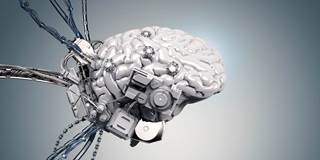OnPoint Subscriber Exclusive
The Big Picture brings together a range of PS commentaries to give readers a comprehensive understanding of topics in the news – and the deeper issues driving the news. The Big Question features concise contributor analysis and predictions on timely topics.

Brave New AI World
As artificial intelligence reshapes human activity – from manufacturing to health care, transportation, and much more – how should we and our leaders respond? The future of work may be the gravest concern for now, but ethical – indeed existential – questions will inevitably occupy the center of public debate.